Thinking about upgrading your home’s electrics but not sure where to start? One of the most common questions homeowners ask is the difference between a fuse box vs. consumer unit. While both serve the same basic purpose, distributing electricity and protecting your circuits, their features and safety levels vary significantly.
Older fuse boxes rely on rewireable fuses, while modern consumer units use resettable circuit breakers and RCDs for better protection. Understanding these differences is important, especially if you're living in an older property or planning a renovation.
In this blog, we’ll explore what sets the two apart and why switching to a consumer unit is often the safer choice.
Let’s start!
What Is a Fuse Box?
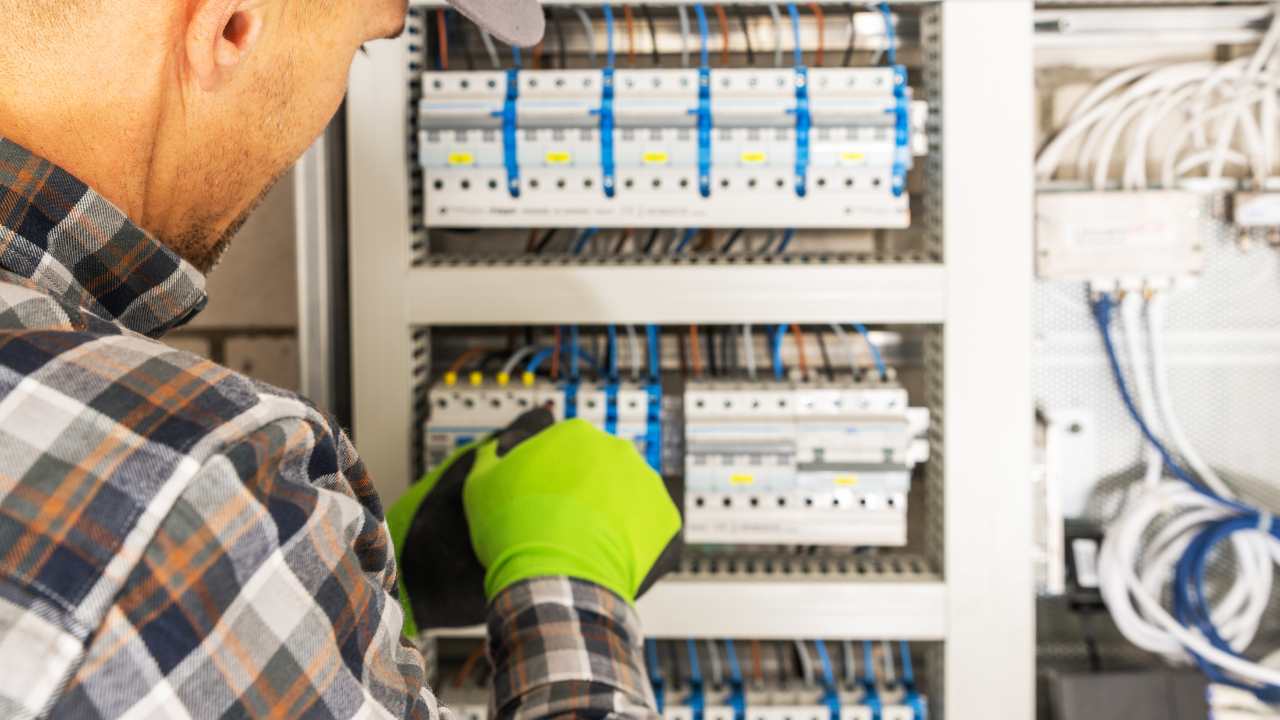
A fuse box is an older form of distribution board commonly found in homes, often referred to as a fuse board. It contains rewirable or cartridge fuses that protect electrical circuits by melting under overload or fault conditions, thus cutting off the current.
When a fuse blows, it must be manually replaced, which can be inconvenient and sometimes risky if not done correctly. Typically made of less strong materials, traditional fuse boxes may lack modern safety devices like Residual Current Devices (RCDs) or Miniature Circuit Breakers (MCBs).
Though not illegal, older fuse boxes often fail to meet the current wiring regulations and may pose increased risk of electric shock or fire. Identification of a fuse box is usually straightforward: they are often located under stairs, in utility areas, or near the front door, featuring visible fuse holders. While still functional in many cases, these units are considered outdated and less convenient than modern alternatives.
What Is a Consumer Unit?
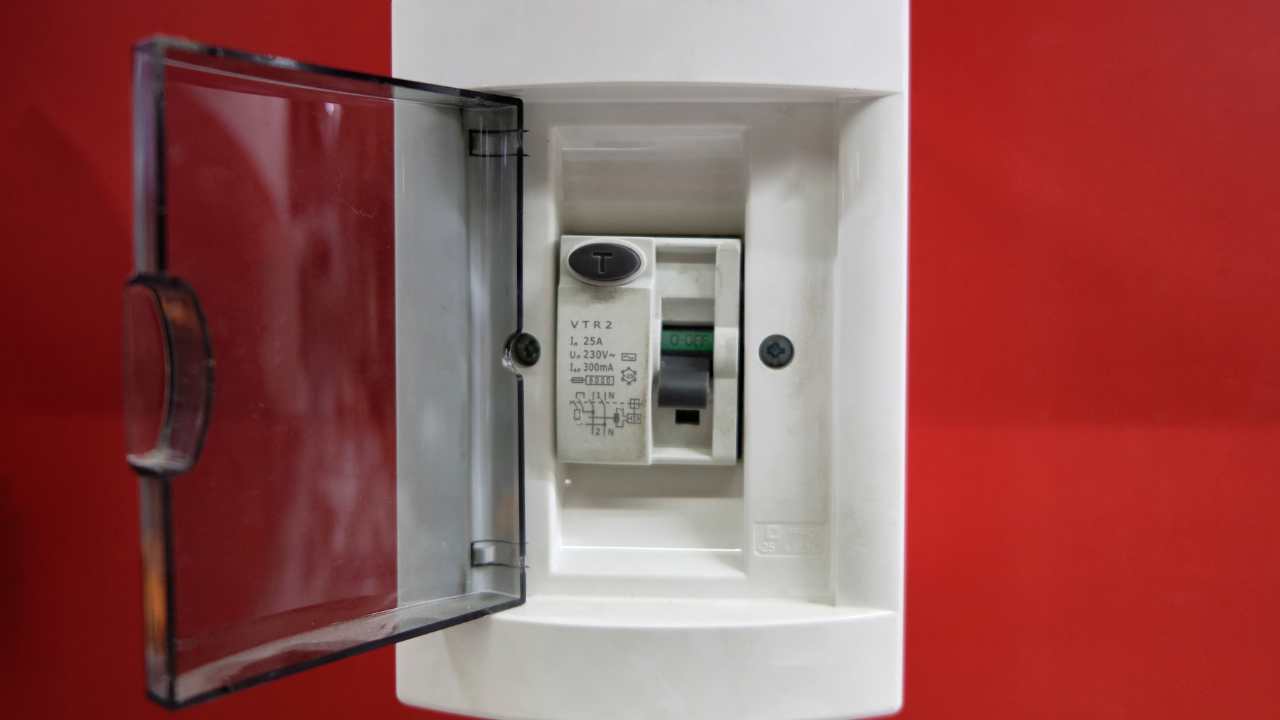
A consumer unit is the modern evolution of the fuse box—or distribution board—designed to meet current safety standards. It houses a main switch, MCBs for overload and short‑circuit protection, and RCDs (or RCBOs) to guard against electric shocks, with automatic reset capability.
These units are compact, clearly labelled, and easier to operate—simply flip a switch to restore power rather than replacing a fuse. Unlike older fuse boards, consumer units comply with the latest wiring regulations, which mandate features like non‑combustible enclosures and widespread RCD protection.
They are built to cope with the higher power demands of modern households and may include surge protection or arc‑fault detection for extra safety. Serving as the nerve centre for your home's electrical system, a consumer unit distributes electricity safely to all circuits while isolating faults quickly.
What Are The Key Differences Between Fuse Box and Consumer Unit?
The modern consumer unit brings leaps in safety, convenience and compliance compared to the ageing fuse box—discover exactly how.
1. Safety and Fault Protection
A fuse box relies on simple fuses that melt during overloads and must be replaced manually, posing inconvenience and potential risk. A consumer unit includes mini‑circuit breakers (MCBs) and RCDs (or RCBOs) that detect faults swiftly and can be reset safely.
This ensures much better protection against shocks, fires and overloads, making modern systems inherently safer.
2. Ease of Use and Resetting
With a fuse box, any blown fuse needs manual swapping, which can be fiddly and tricky to source replacements.
In contrast, a consumer unit lets homeowners simply flip a switch to restore power—quick, straightforward and user‑friendly.
3. Regulatory Compliance
Fuse boxes often fall short of meeting current wiring regulations. Consumer units, on the other hand, are designed to comply fully with modern safety standards, making them essential especially for property sales or renting.
4. Electrical Capacity and Lifespan
Older fuse boxes typically manage fewer circuits and wear out quicker—often within 15 years.
Consumer units cope with today's high‑demand households, offering higher capacity and longer service life—commonly between 20 to 30 years.
5. Design and Aesthetics
Fuse boxes tend to be bulkier, made of outdated materials, and often situated in cupboards or under stairs.
Meanwhile, consumer units are more compact, neatly labelled, and visually modern—increasing usability and fit seamlessly into contemporary interiors.
6. Risk Reduction (Shock, Fire & Tampering)
Fuse boxes lack built‑in safeguards against over‑fusing or tampering—issues that could lead to dangerous conditions like fire or electrocution.
Consumer units are engineered to prevent such risks, with devices to reduce human error and increased protection against electrical hazards.
In short, the fuse box vs. consumer unit comparison underscores a clear evolution: consumer units represent modern electrical safety, efficiency, and compliance—making them the superior choice for today’s homes.
Conclusion
Understanding the difference between a fuse box vs. consumer unit is key to maintaining a safe and compliant home. While fuse boxes served their purpose in the past, consumer units offer far superior protection, easier maintenance, and full compliance with current regulations. Whether you’re upgrading your old system or fitting out a new property, choosing a modern consumer unit is the safer and smarter option.
Need help upgrading your electrical system? Contact Unique Electrical today for expert advice, safe installation, and reliable service.

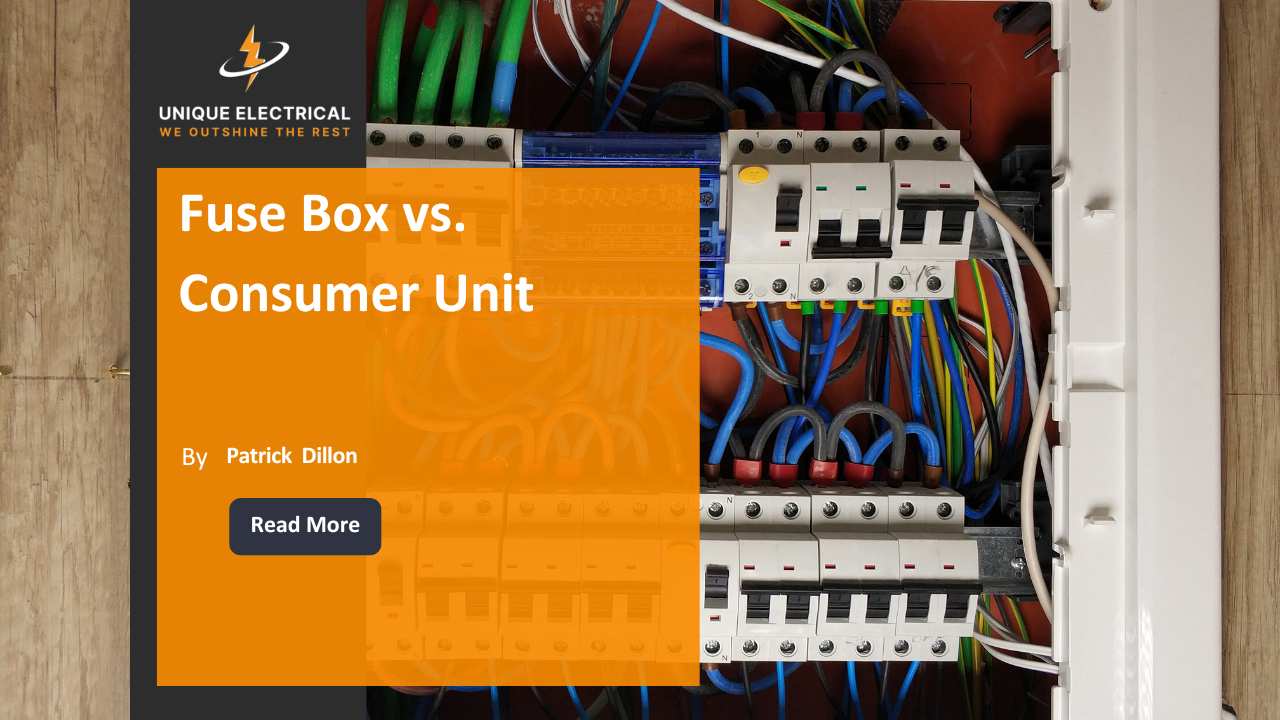



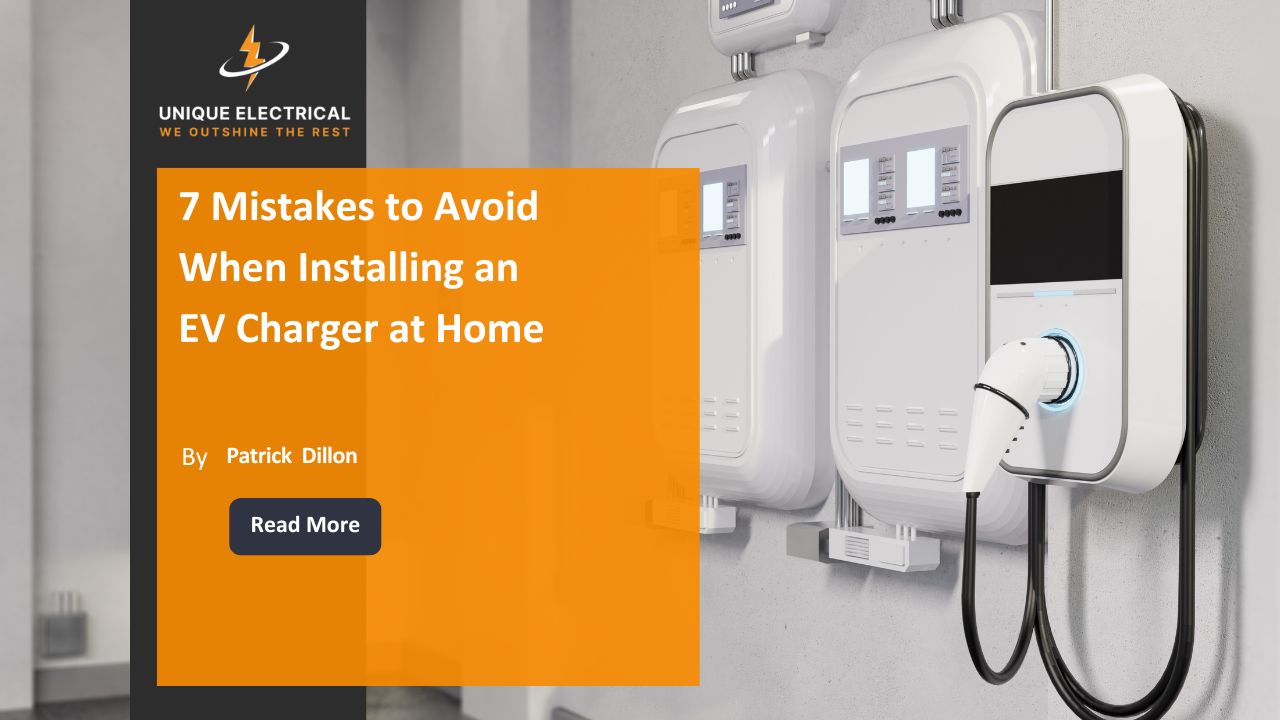



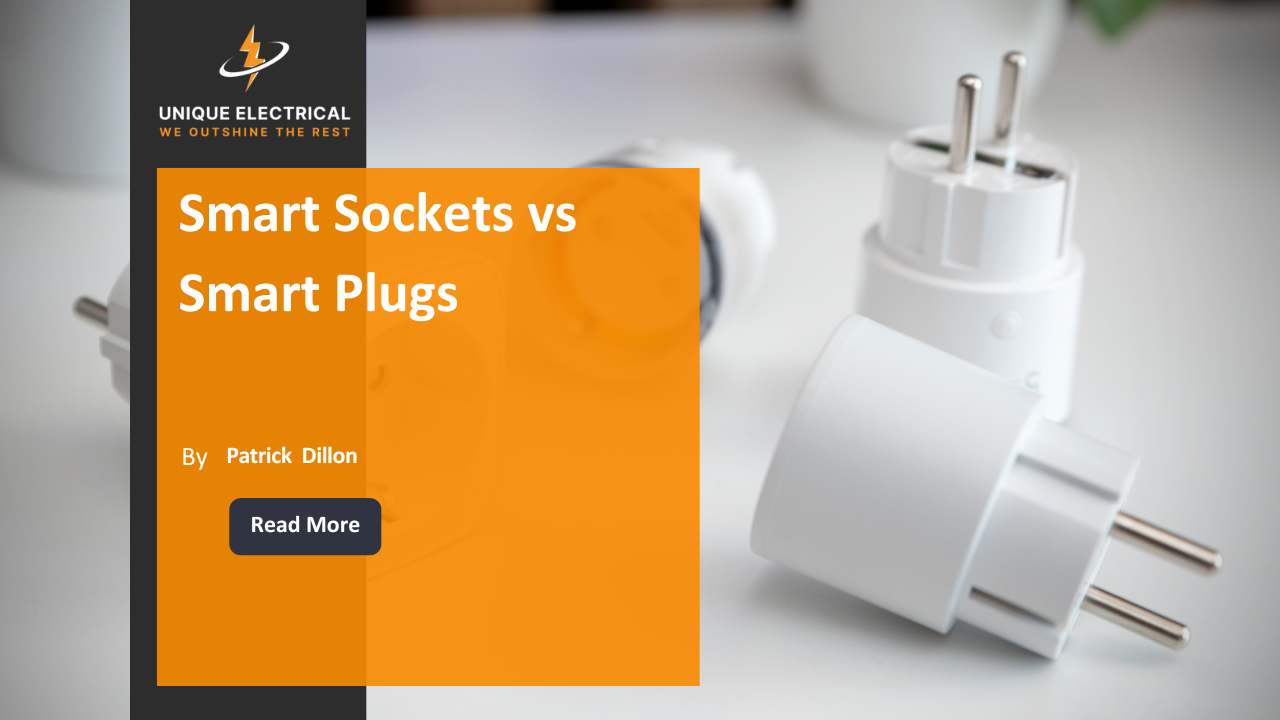
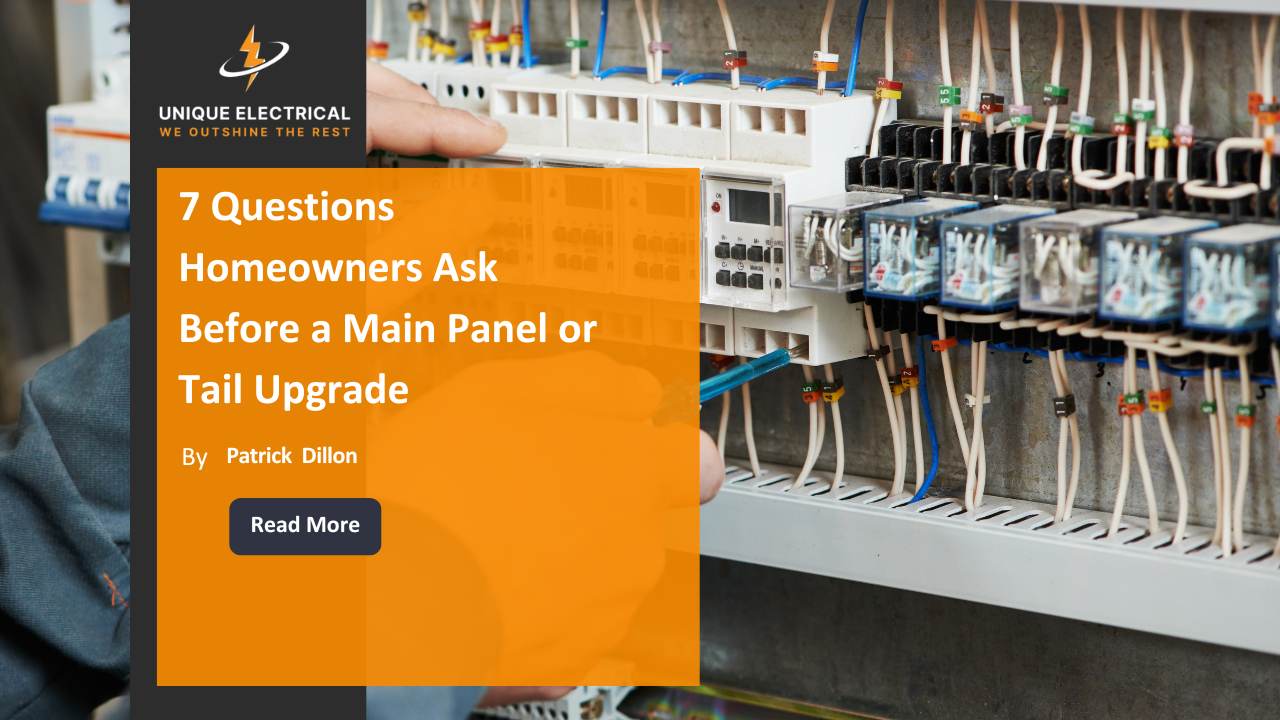

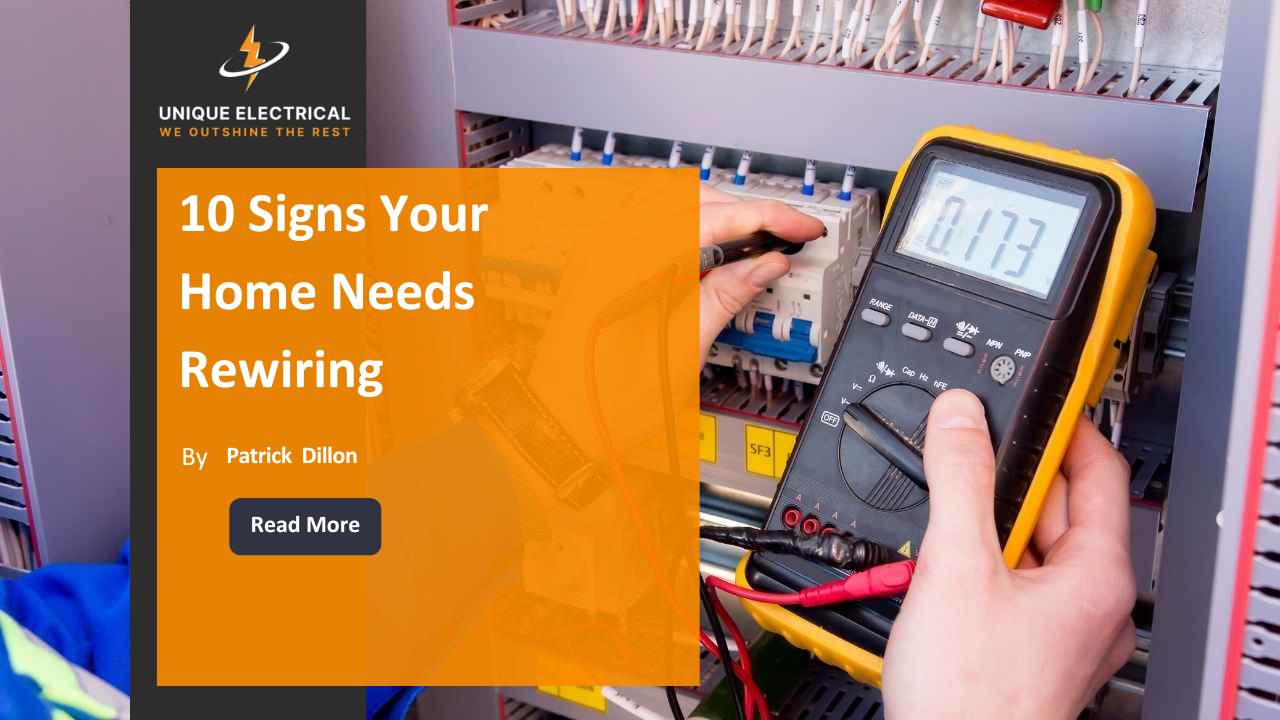
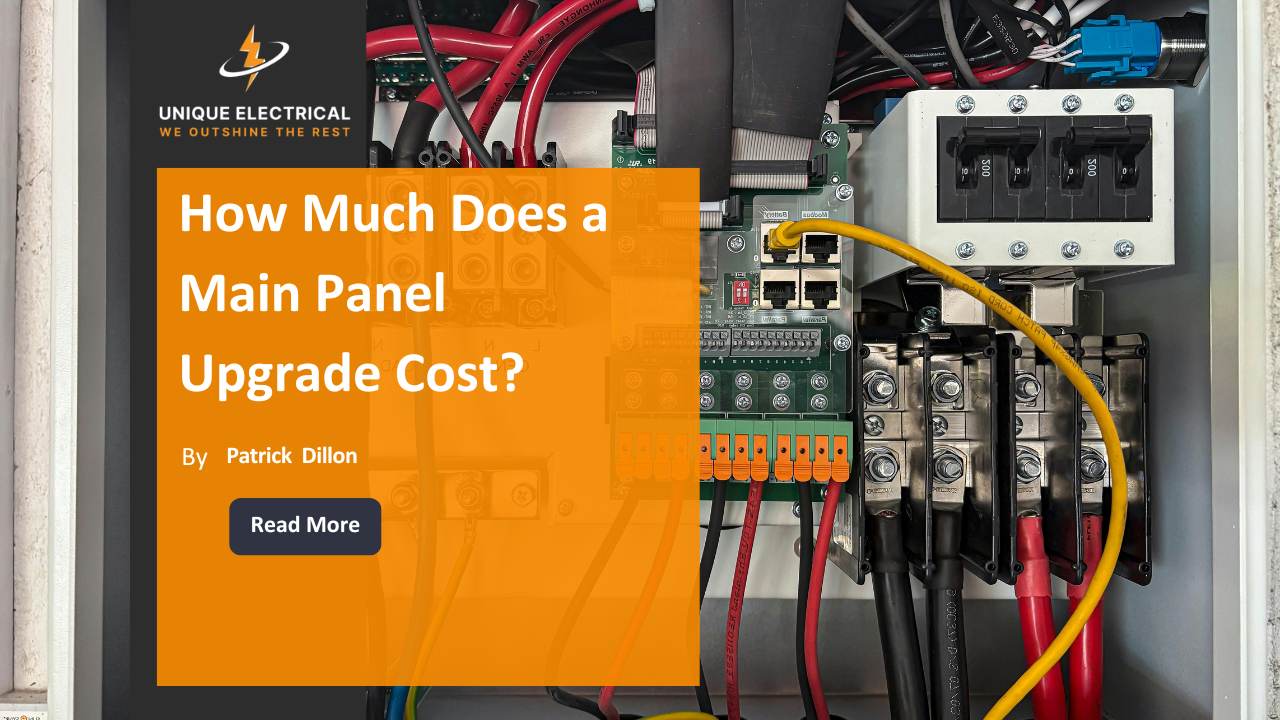
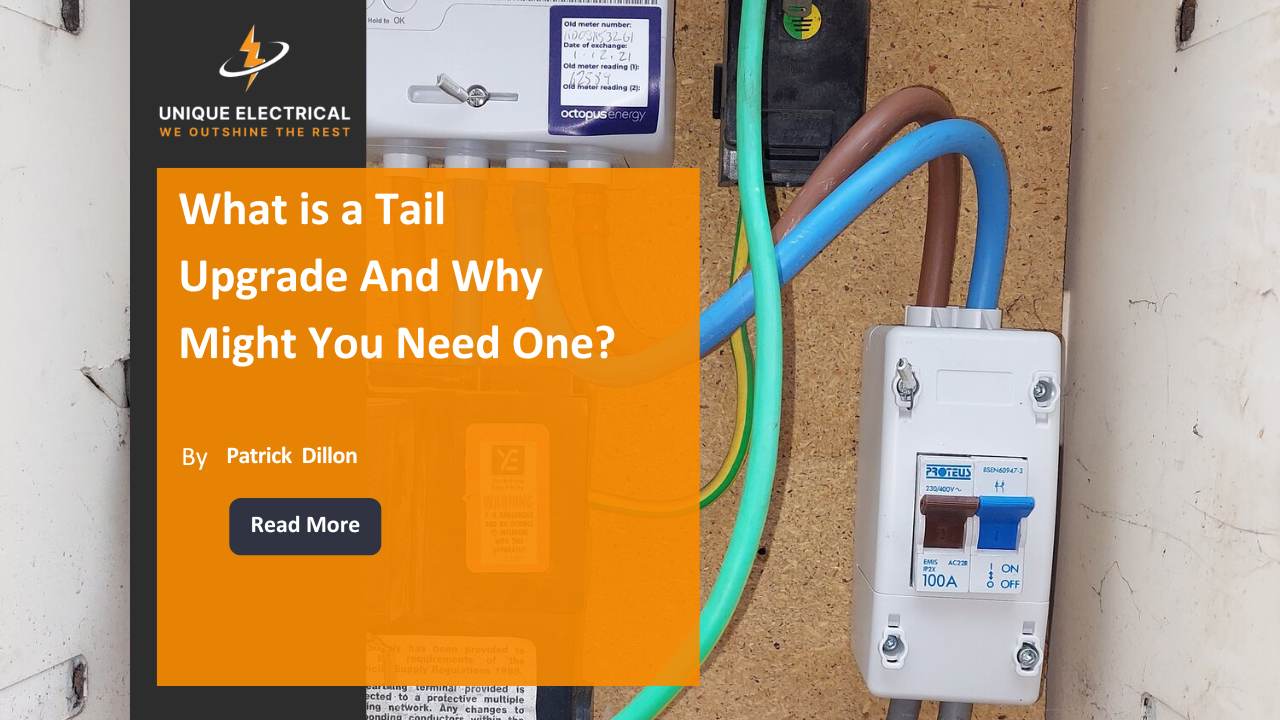












.jpg)

.jpg)





























